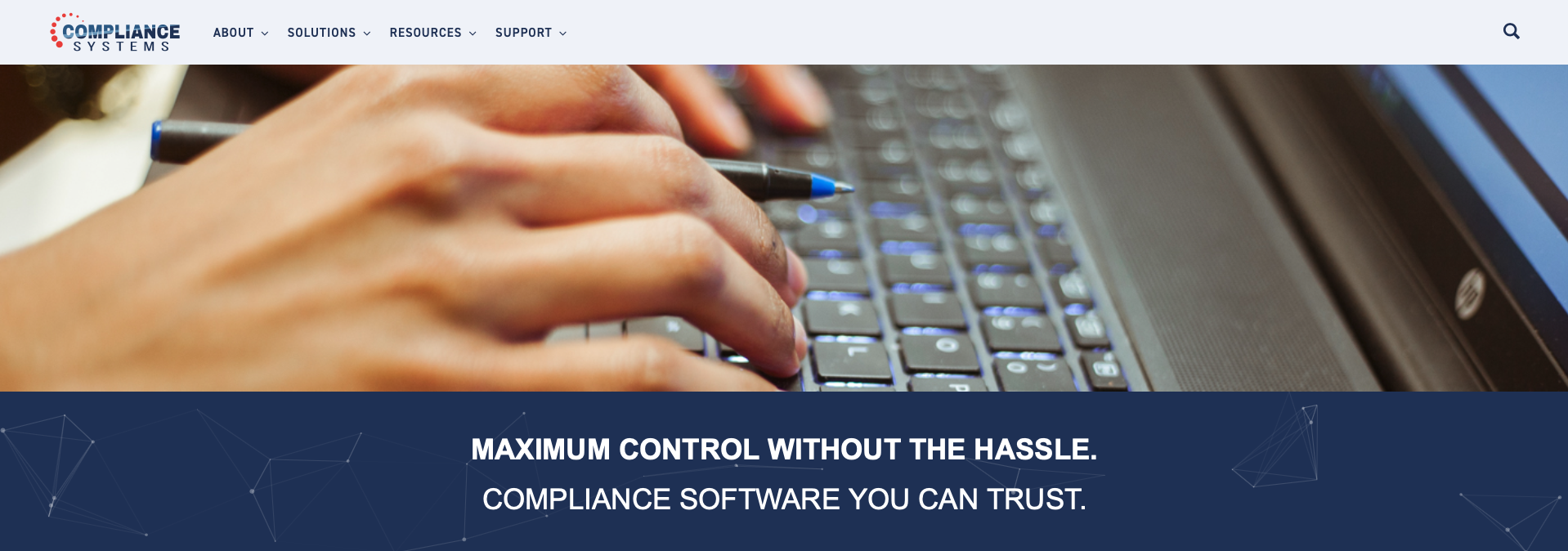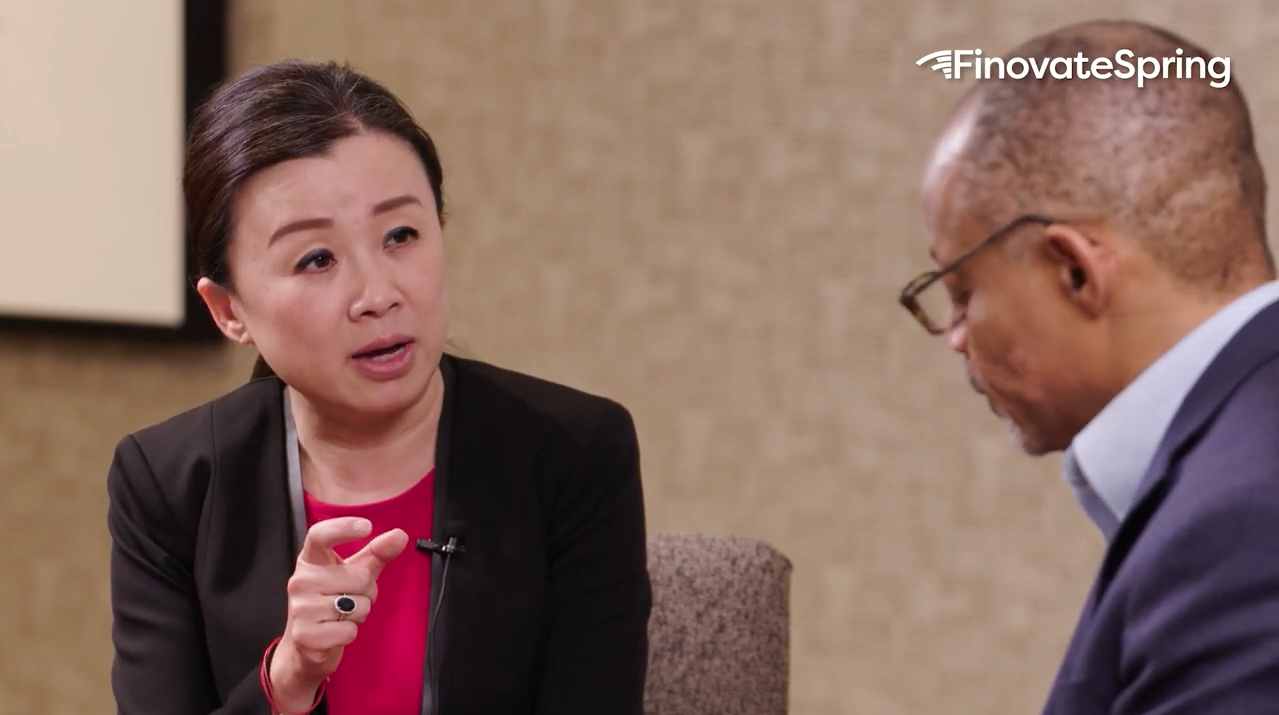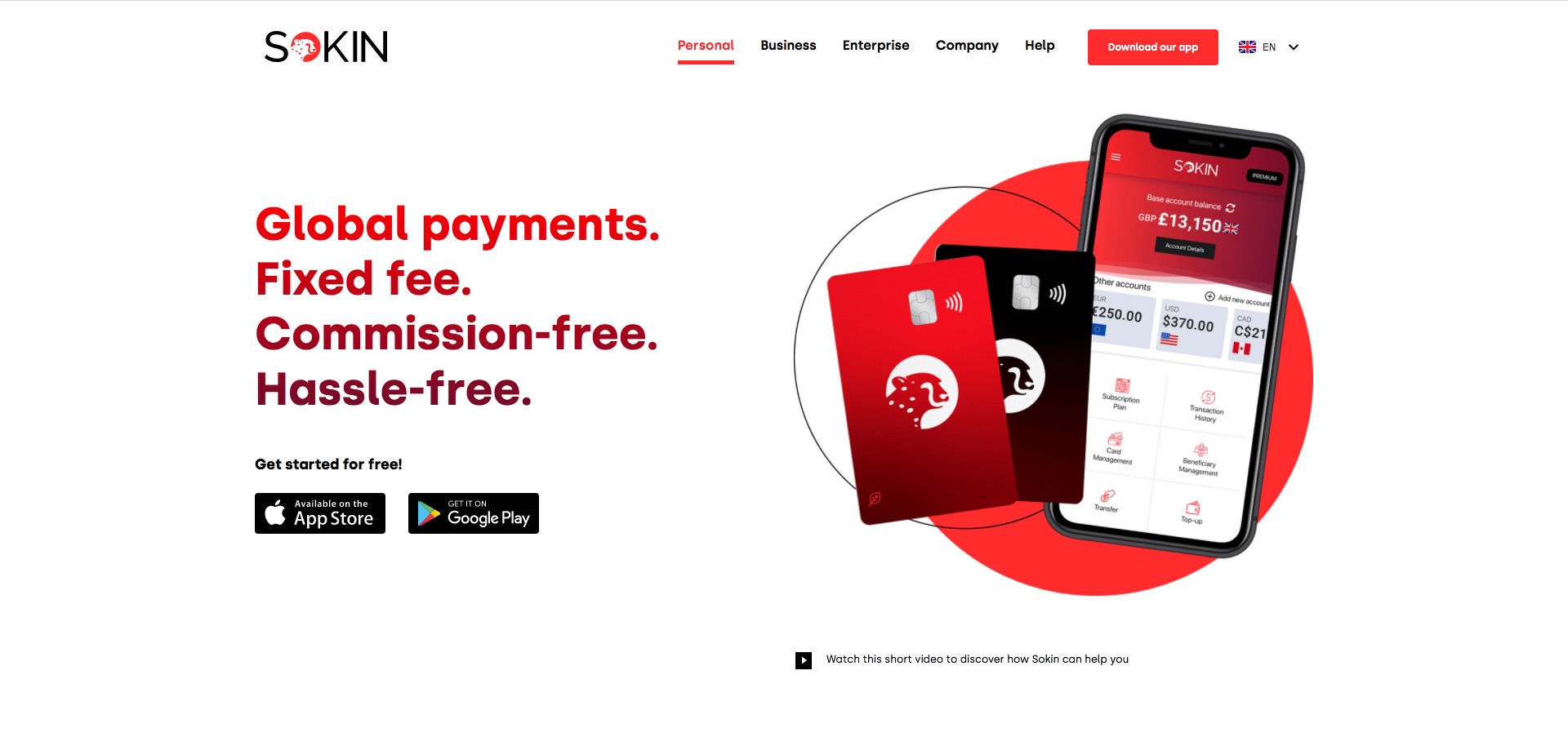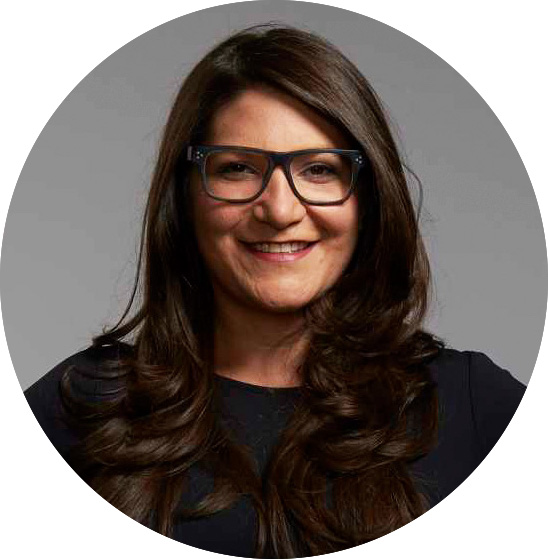
What are the biggest obstacles to digital transformation in banking and financial services? For Leda Glyptis, self-described “recovering banker” and author of the new book, Bankers Like Us: Dispatches from an Industry in Transition, the fault lies not in the stars, but in bankers themselves.
Fortunately, Glyptis sees bankers as the solution, as well.
“For years I have been blogging and speaking about how the biggest obstacle to progress inside banks is people. And that the only hope for change are also people,” Glyptis told Fintech Futures as the date of the world premier of her book was announced earlier this month. “What is so often approached as a technology journey often falls down or triumphs around the humans that keep on keeping on, the dreamers, the builders, the plumbers, and the storytellers of banking transformation.”

Leda Glyptis will discuss her experiences and insights as a veteran of the banking business in an afternoon keynote address on Day One of FinovateEurope, March 14 through 15 in London. Titled “The Problem With Digital Transformation is You,” Glyptis will discuss the human and structural obstacles to digital transformation with a focus on the kind of mentality and leadership bankers need to embrace in order to bring about the changes in banking and financial services that consumers increasingly demand.
For Glyptis, there is no reason – and no time – to wait for the rise of a younger, more digitally-native generation to do the work of transforming financial services. The time to act is now, and the ones to act are bankers — with “grit, determination and energy to drive change,” Glyptis insists. “Like us.”
Bankers Like Us will be available for pre-order on Friday, January 20th, and is expected to ship after February 10th. This provides plenty of time to get your copy of the book ahead of Glyptis’ keynote at FinovateEurope in March. At the event, after Glyptis’ afternoon keynote address, we will also host a special Networking Break & Book Signing with the author.
In addition to her work as an author, Glyptis is the Chief Client Officer at 10x Banking, a cloud-native core banking platform provider based in London. She is also a Non-Executive Director at leading U.K. cash deposit platform, Flagstone. Glyptis has a PhD in Politics from the London School of Economics and Political Science (LSE), and shares her thoughts on banking and financial services as a columnist – and “resident thought provocateur” – with Fintech Futures. Her latest columns have tackled topics such as the importance of preparation, the role of pain in learning, and the challenge of maintaining the courage of convictions.
Be sure to visit our FinovateEurope 2023 hub to save your spot at our upcoming fintech conference, March 14 through 15 – featuring author Leda Glyptis’ keynote address on the afternoon of Day One.























